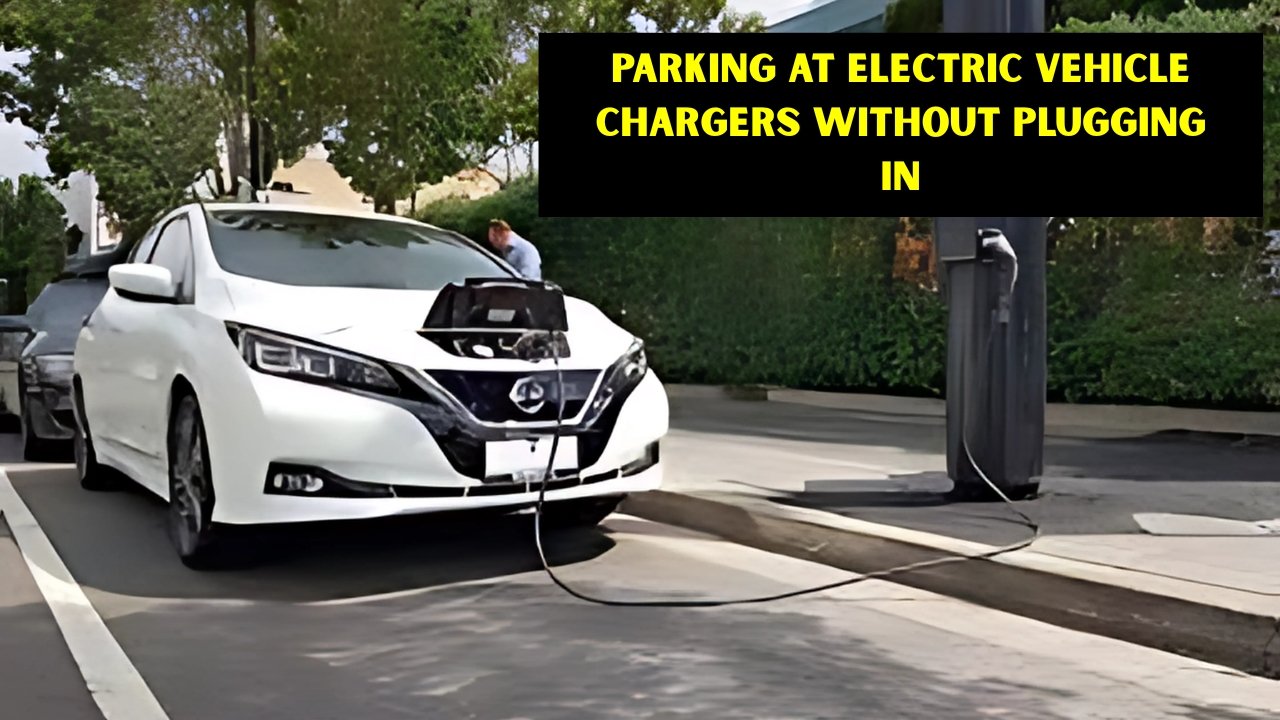Recently Australia has established some stringent legislation to control on-the-job parking at electric vehicle (EV) chargers, particularly among the non-electric vehicle drivers. In various states and territories, it is now punishable by big fines to park in EV charging spots without activating the plug. The purpose of these rules is to secure easy access of EV drivers to the necessary charging facilities, promote responsible parking, and help the country facilitate the use of more environmentally friendly modes of transportation.
Data Table: Sample Fines for Parking Without Charging in EV Bays (Selected States)
| State/Territory | Maximum Fine (AUD) | Applies to Non-EV Vehicles | Applies if EV Not Plugged In |
|---|---|---|---|
| Australian Capital Territory (ACT) | $3,200 | Yes | Yes |
| Queensland | $3,226 | Yes | Yes |
| New South Wales | $2,200 | Yes | Yes |
| Victoria | $1,185 | Yes | Yes |
| South Australia | $111 | Yes | Yes |
EV Charging Bay Legal Protections
To address the growing use of EVs and the associated need to expand the nationwide charging infrastructure, states in Australia have introduced punishment against so-called ICEing, i.e. the need to pack internal combustion engine (ICE)-powered vehicles in the EV charging place without charging. This was the first state to impose it with a fine of about 1,185 pounds in the event of parking in an EV spot without charging. Australian Capital Territory fining can reach as high as 3,200 Australian Dollars in the event that a vehicle occupies an EV charging space without charging. The states of New South Wales and Queensland have also presented similar legislation with fines up to $2,200 and 3,226 respectively under the stress that such bays are to be used by active charging electric vehicles only. Fines are also provided in South Australia, Tasmania, and the Northern Territory, and discourage improper use, however their value is lower, and they are variable compared to other states[1][2].
Driving Effect and Compliance
Such fines are a deterrent but also symbolic encouragement to the traditional car owners to acknowledge and embrace EV infrastructure. Occupying such parking places leads to time wastage and frustration among EV drivers that rely on the convenient availability of charging stations to quell range anxiety or the fear that an EV may not have enough power to reach its destination. The regulations are accompanied by public awareness campaigns that will educate motorists that not using the plugs in EV charging bays may lead to some of the highest parking fines in Australia and ignorance can not be used as an excuse. Plug-in hybrids, i.e. hybrid cars with the ability to plug in, may occupy these spots, whereas standard hybrids, which do not charge, are not permitted to do so.<
Application in Public and Private Areas
Although governmental authorities apply fines on the premises, there are further enforcement issues when it comes to private car parks. Privacy operators of parking are unable to impose legal penalties but can obtain damages by contract or through strata by-laws but this can be a hard thing to execute, and may usually need to be favored by the tribunal. In response to this, some local councils have intervened to help the owners of the private car parks by making patrols in the areas to ensure that no one violates the rules and impose fines using local legislation. Protecting these spots on the property of individuals is also being considered through automated measures that include parking bollards, which are physical barriers that prevent any unqualified vehicles to enter EV parking bays.
Significance of courtesy and prospective
After all, it is a matter of common sense and courtesy to maintain EV charging bays unoccupied by active users. It is similar to not blocking petrol or diesel motor fuel pumps. With the increasing numbers of EVs, the charging infrastructure is likely to be desired among many people. Legal actions along with community education will play a key role to ensure that the shift to electric transportation can occur as smoothly and evenly as possible. This is a framework that the government of Australia can embrace to help cut down the emission and to enhance sustainable mobility.
Frequently Asked Questions
Q1: Does a non-electric vehicle park in an EV charging station when the EVs are absent?
No. The regulations of parking in an EV charging bay under the Australian regulations are that it is not allowed to park there and not charge even without the presence of an EV.
Q2: Do plug-in hybrids have access to EV charging bays?
Yes. Plug-in Electric Vehicles are allowed to park and charge at these bays.
Q3: What will happen when a vehicle parks into an EV bay, yet it is not plugged into something?
The owner of the vehicle can face a fine and sanctions differ according to the state but can go up to thousands of dollars.
These regulations mirror the progressive nature of the Australian electric car infrastructure and they support the need to respect the charging bays in the interest of all road users. The shift to increasingly stringent fines underlines the common role in promoting sustainable transportation development.















